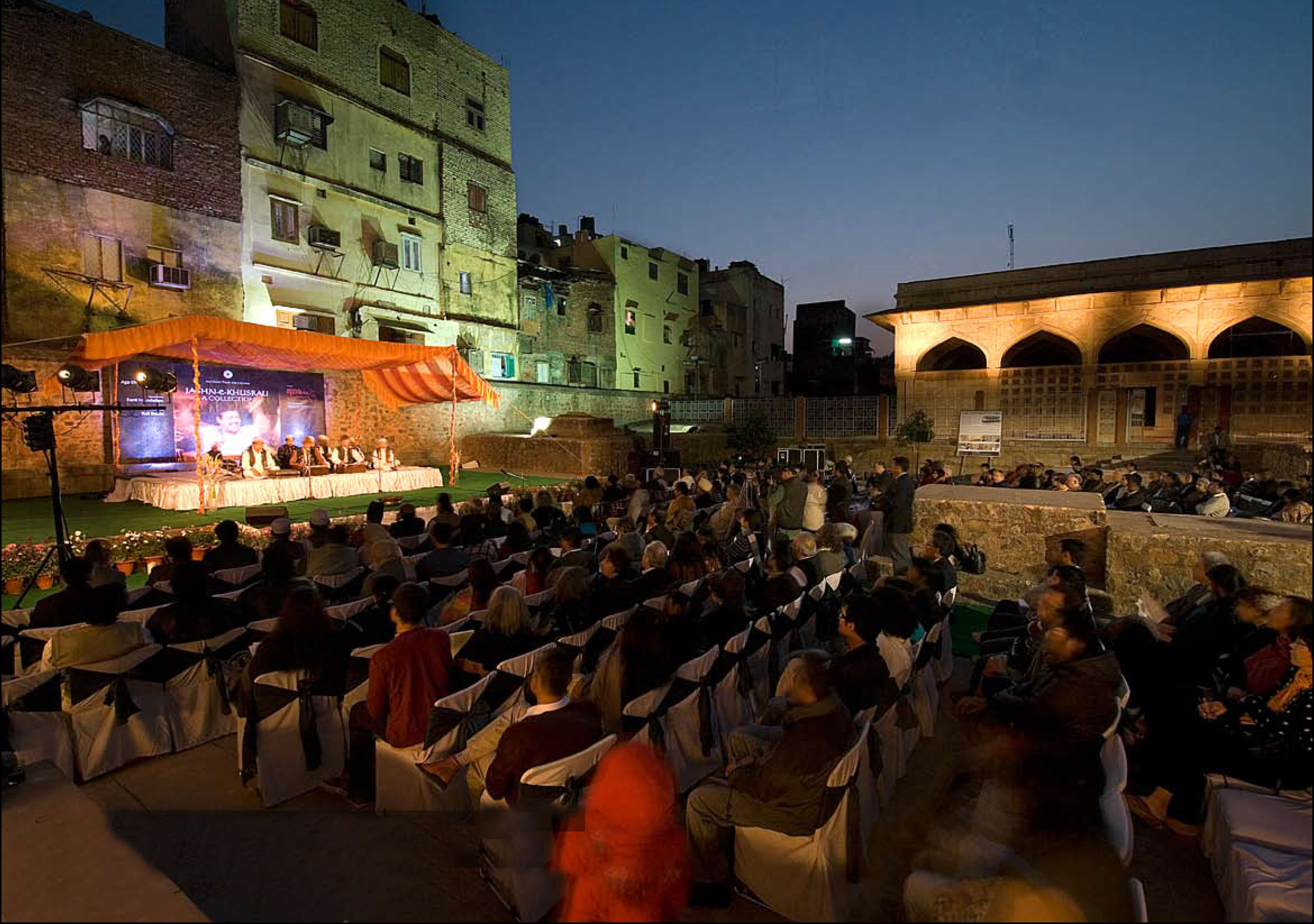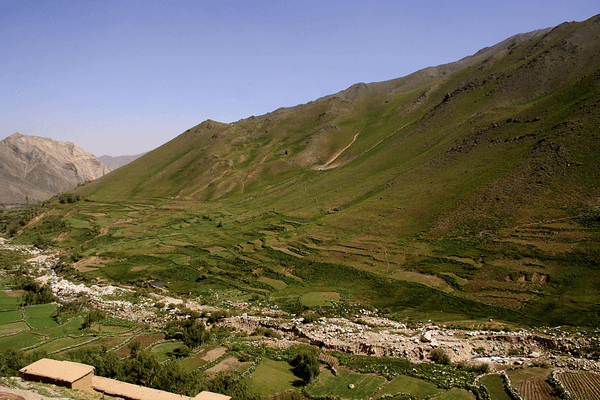The primary objective, as stated in the Memorandum of Unterstanding, is to organize the conservation of important buildings located in the area of Nizamuddin Basti and the rehabilitation of open spaces in the Basti. The Nizamuddin Urban Renewal Initiative is organized as a joint action of several government agencies: the ASI, CPWD and the South Delhi Municipal Corporation.
Since its beginnings, the project also included aspects of community development and capacity building activities. For that purpose, a Geographic Information System (GIS) was created to gather socio-economic data and information, in order to be able to make decisions that improve the quality of life for the people living in Nizamuddin Basti.
The Nizamuddin Urban Renewal Initiative includes education measures for children and adults. The vocational education program for instance provides information on how to obtain government entitlement documents and skill training.
Environmental awareness is being raised by events such as the “World Water Day” or “Eco Club”, where 132 leaking taps were repaired and discussions and presentations about the impact of climate change were hold.
Waste management embraceinitiatives such as waste segregation, recycling kiosk, promote door to door waste collection. These measures pursue efforts made by the government to improve waste management services and create public awareness about proper waste disposal.
Many events are organized for the promotion oflocal music, heritage and craft traditions.
The project made theupgrade of the MCD Polyclinic possible as well as the installation of a Pathology Laboratory. Both help facilitating community access to health care with improved diagnosis and treatment.
Physicalmapping of the Basti in 2009 led to the development of community-driven street improvement plans implemented by the Municipal Corporation of Delhi.



